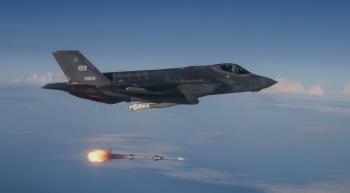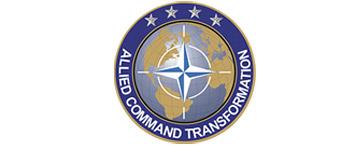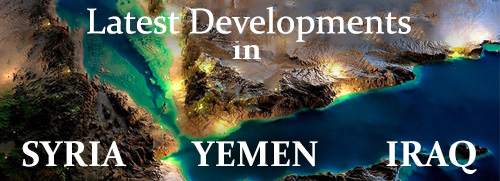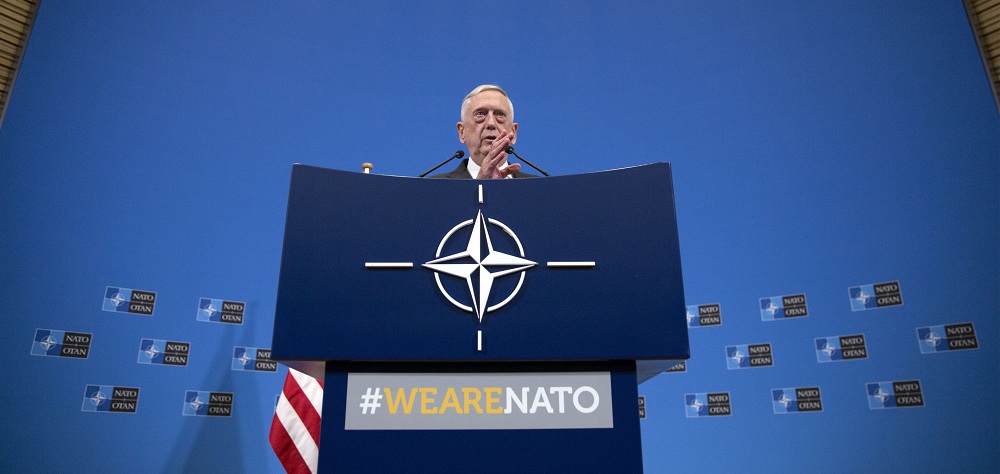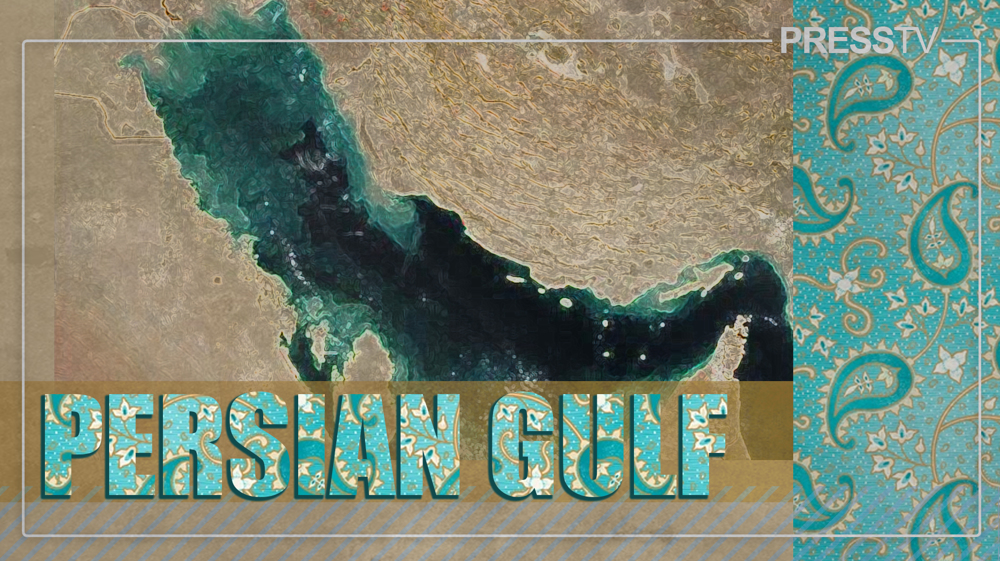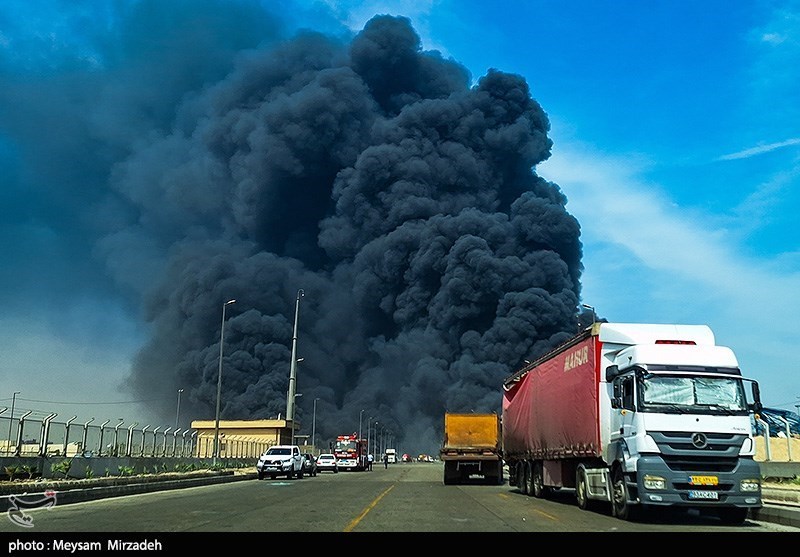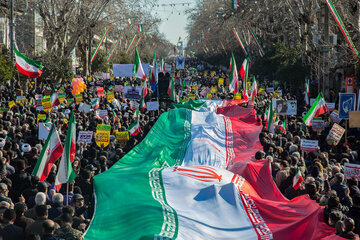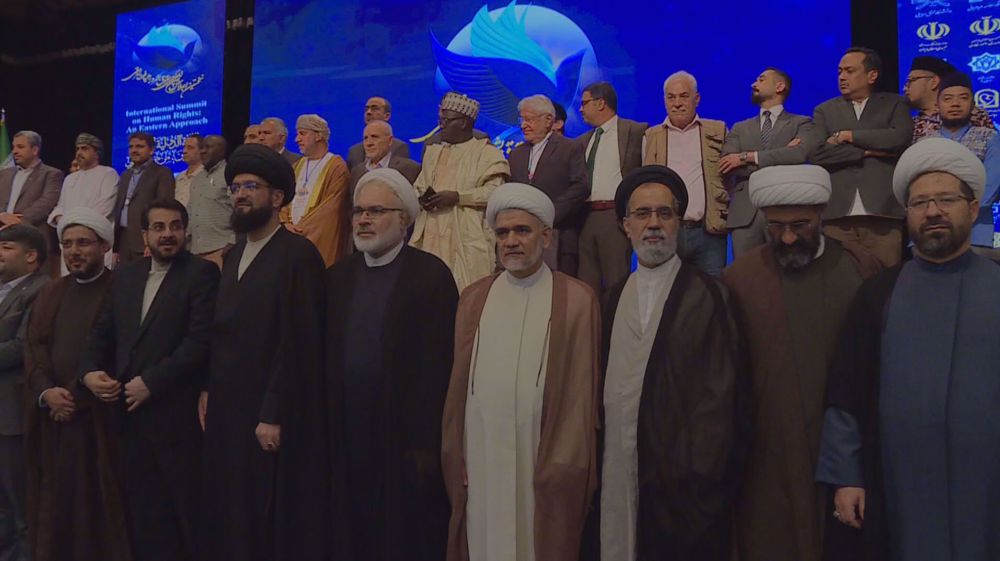Alwaght- While US President’s comments on the need for a space force prompted concerns about further destabilization of the world peace as a result of a dangerous competition, last week the NATO defense ministers at their two-day meeting in Brussels discussed and approved a new space policy for the military alliance. The policy is the first stage to designing a comprehensive and operational space strategy and the next steps are planned to be taken in the December meeting of the allies. According to the German media, NATO could by end of the year declare space an operation area. But there are a set of questions about the real NATO capabilities, the scale of using the space, and the possible response from such rivals as Russia and China. The more important question is that is stepping in this path a reaction to the Chinese and Russian space ambitions and potentials? Or is it a show of convergence with the American security strategies?
Security environment changes
Over the past 10 years that NATO designed the third stage of its strategy, the security environment has considerably changed. The US grew new concerns about Beijing’s space power when in 2007 China shot down an expired satellite with a missile that put it third in a two-member club comprised of the US and Russia. In 2012, China military also tested a new hypersonic missile named WU-14 with a 7,000 range and is thought to reach speeds between Mach 5 (3,836 mph (6,173 km/h; 1,715 m/s)) and Mach 10 (7,680 mph (12,360 km/h; 3,430 m/s)). In 2015, Beijing also sent into orbit its first remote sensing satellite by its Long March C-3 rocket.
In December 2018, Russia tested Avangard, a hypersonic missile that can move towards the target with 24,000 kilometers per hour after entering the atmosphere. Also, it tested Psiodom underwater nuclear drone that can sail to under the water to any continent. That is beside the Burevestnik cruise missile that can keep flying for days and even weeks before rocking its aim.
But the NATO Secretary-General Jens Stoltenberg upon announcing the new space policy said the Western military organization’s approach is not mirroring Russia’s. “We are not seeking new arms race but at the same time we should continue to perverse deterrence and credible defense.” He continued that Russia still has time to save the Intermediate-Range Nuclear Forces treaty (INF) and the allies will, he continued, tell Moscow of this during the upcoming NATO-Russia meeting.
NATO’s space policy
One of the major justifications of NATO to approve new space policy is to protect satellites and prevent disruption of their work. “Space is part of our daily lives. And while it can be used for peaceful purposes, it can also be used for aggression. Satellites can be jammed, hacked or weaponized,” Stoltenberg said. “Anti-satellite weapons could cripple communications. So it is important that we are vigilant and resilient — also in space.” He continued.
The NATO notion of space threats is apparently influenced by the US security myth. Last year, the US Vice-president Mike Pence said that Russia and China are working on airborne lasers and anti-satellite missiles and the US should develop the capability to tackle such technologies. On the other side, US President Donald Trump is pressing the NATO members to increase their NATO spending to 2 percent of their GDP. At the recent NATO meeting in Brussels, an official of the alliance said that the force was concerned about the “aggressive behavior” of China and Russia. According to the Secure World Foundation, the US, China, and Russia so far tested weapons that can destroy satellites in the space.
The newest update to the report on the number of active satellites published by the Union of Concerned Scientists suggested that by April 2018 some 1980 active satellites were on orbit, showing a 13.92 percent increase compared with the year before. According to the report, there are 826 commercial, 523 state, 399 military, and 198 civilian satellites operating in the space. The US owns 803, China 204, Russia 142, Japan 56, and Britain 42 satellites. The report adds that there are 278 satellites with multiple functions.
At the present time, NATO uses space and satellites for seven purposes. Setting up contacts between military operations and missions, issuing early warnings about ballistic missile launches, showing accurate targeting spots, offering images of the targets, offering positioning services to guide the weapons and strikes, providing space for secure contacts, and supervising the space for meteorological purposes.
Still, none of these capabilities are immune to cyber and space attacks. Despite the fact that the European Union launched its own version of GPS named Galileo, which is a step towards independence from the US space services, it is still dependent on Washington when it comes to space defense. The new NATO space policy suffers from confusion in defining the framework of space defense between the member states, a high degree of dependence on the US space strategy, and deterrence to China and Russia. With regard to its dependence on the US space strategy and the US military being in the stage of developing capabilities in the face of the hypersonic weapons, the NATO space policy at best cannot go beyond the current American potentials level. Thus, the military organization has a long way to go before it could reach a comprehensive and independent space strategy.


